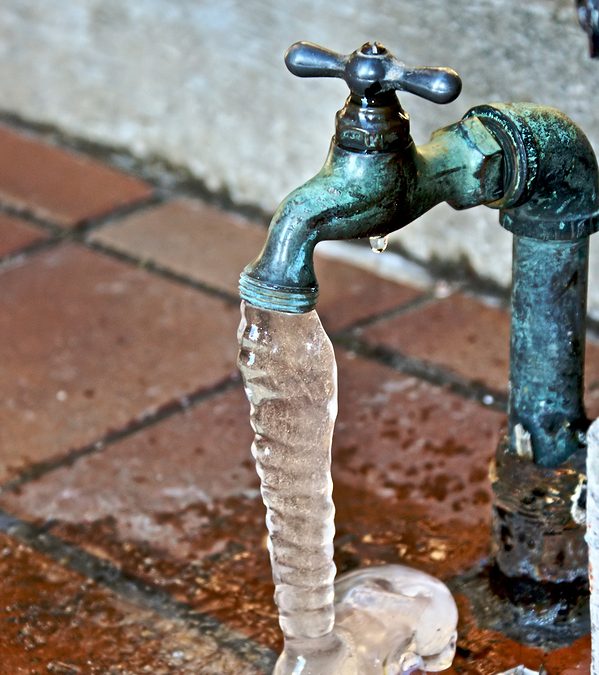
Did you know that taking precautions against frozen pipes can save you major money in the spring? As the temperature drops the risk of frozen pipes starts to rise. This is an invisible threat since you won’t be able to see any damage until the Spring and everything starts to thaw. This can result in costly repairs! We have put together a checklist to make sure you are following the right steps and a list of which pipes are most at risk.
What To Do if You Have a Frozen Pipe?
If water is not flowing through a faucet normally or you suspect a pipe in your home has been exposed to freezing temperatures here are some steps to follow to help reduce the potential for water damage:
- Locate and close the main water shutoff valve as soon as possible before temperatures rise above freezing.
- Open all faucets including those outside to drain remaining water from pipes.
- Have buckets, towels and fans available to cleanup and dry water leaks.
- Slowly turn water back on and inspect for leaks. If there are leaks, turn the water off immediately.
- Be sure to inspect pipes for damage in areas like crawl spaces and attics and where it is safe to do so.
- Never use heat guns or torches to thaw the pipes, this can cause a fire hazard.
- If there is pipe damage, call a licensed plumber for repairs.
Which Pipes Are Most at Risk?
- Swimming pool supply lines.
- Lawn sprinkler lines
- Outdoor hose hookups and faucets.
- Water pipes in unheated, interior location like basements, crawl spaces, attics, garages and kitchen bathrooms.
- Pipes running against exterior walls with little or no insulation.
Frozen pipes can cause major issues with costly repairs and can happen without notice! Most of the time you won’t know a pipe burst until the warmer months when they begin to thaw, which can cause flooding and leaking.





